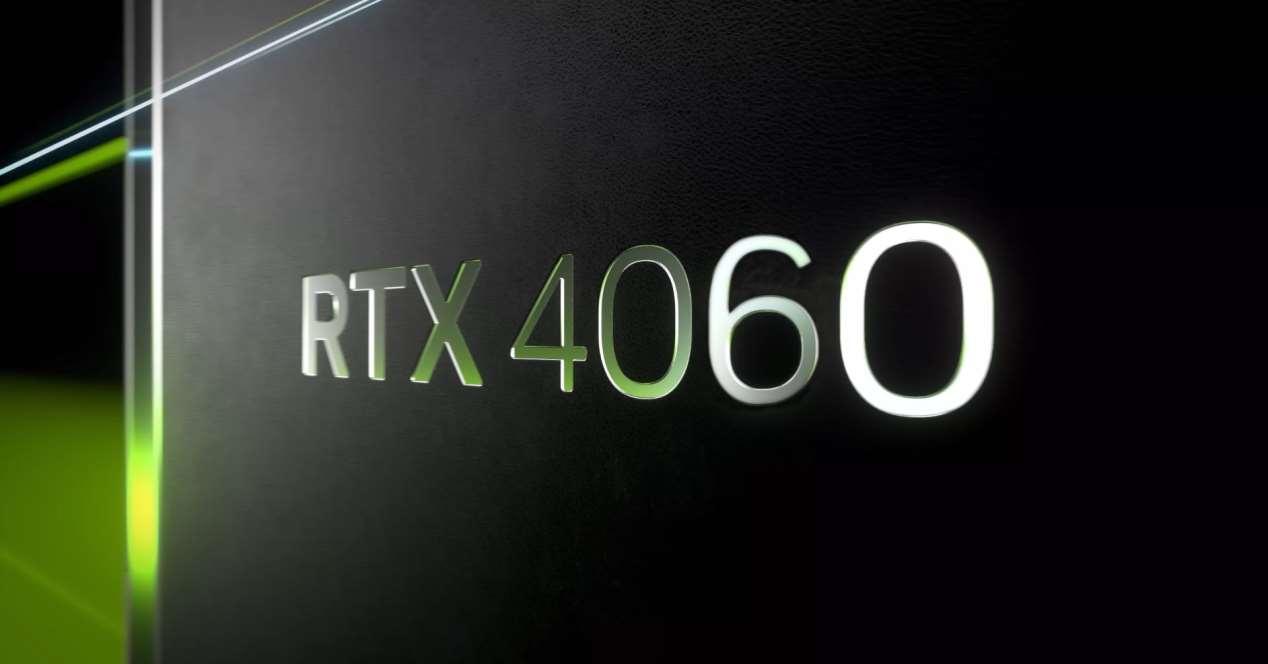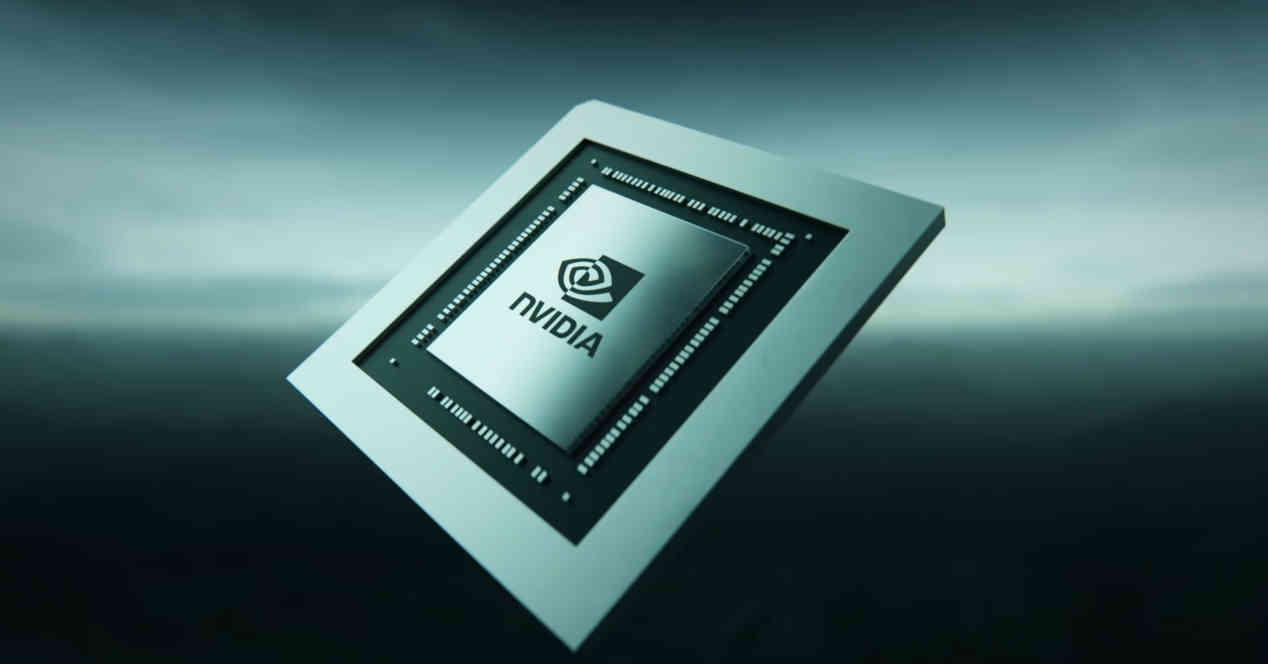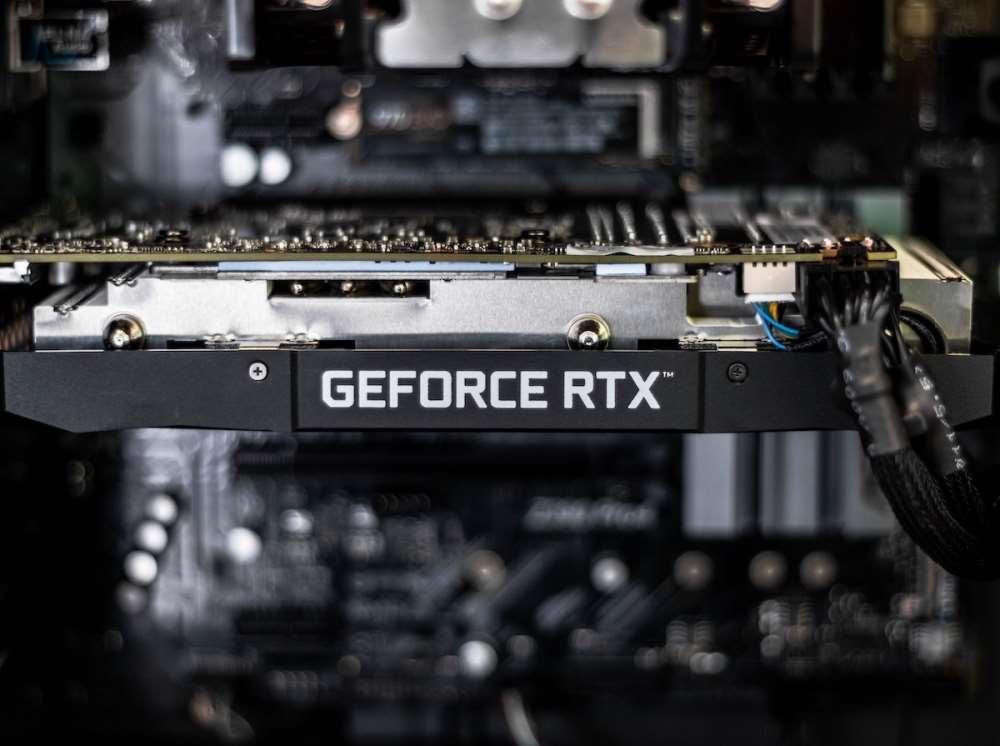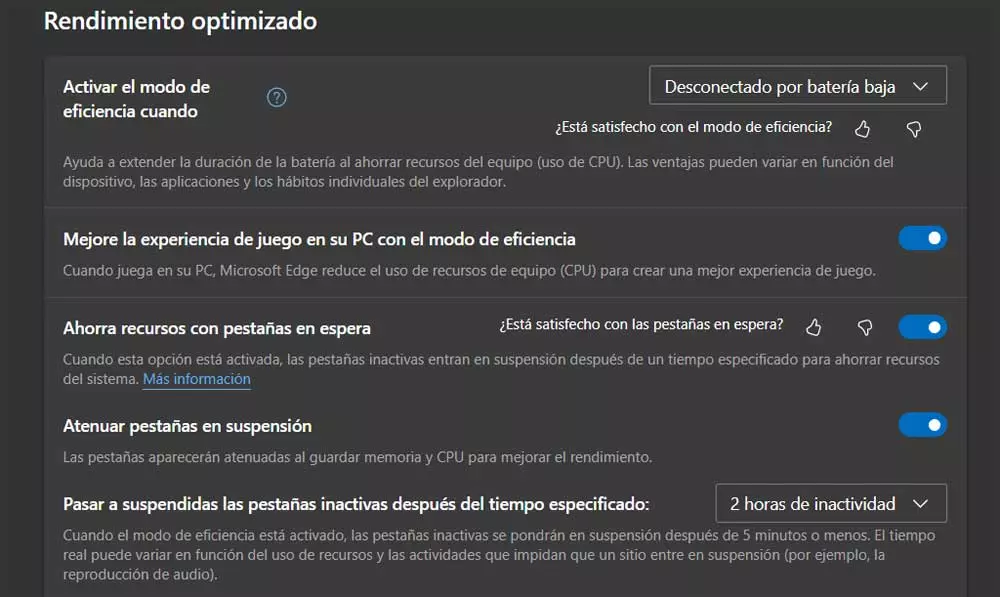
Little by little NVIDIA is launching, in decreasing order of power, the different graphics cards of the RTX 40 range. With the launch of the RTX 4070, the next step will be the RTX 4060, including the Ti model. Well, in recent days new information has appeared about these GPUs for gaming. Will we see a mid-range jump in performance from the current generation or will we see a plateau?
One of the things that NVIDIA has copied from AMD in its new RTX 40 is the expansion in the capacity of the last level cache compared to the RTX 30. The idea is to be able to cut back on the memory bus and have a much larger chip. smaller than the previous generation. Which makes sense since the cost per area of chips has increased. Which leads to the more modest ranges having to juggle in terms of their memory configuration.
What do we know about the RTX 4060 (Ti) so far?
First of all, we must assume that the PCB of these graphics cards will be completely new, since the chip used will be the AD106, which will have the following technical specifications:
- 36 SM cores.
- 4608 ALU in FP32 in total.
- 144 fourth generation Tensor Cores
- 36 third generation RT Cores.
- 128KB L1 cache + local memory per core.
- 144 texture units.
- 32MB L2 cache.
- 128-bit GDDR6/GDDR6X bus.
In another order of things, everything indicates that they will once again use the 12VHPWR connector, that is, the 12+4-pin connector, since it supports a mode where it can deliver 150 W of power. Therefore, a version with an 8-pin connector is not expected and the use of an adapter will be necessary. In any case, everything indicates that NVIDIA will leave room for assemblers in case you want to launch the typical overclocked models.
What will be its performance and potential price?
Said chip is expected to have the same performance as the RTX 3070 Ti, being generous, and its memory bus indicates a potential 8 GB configuration. Nevertheless, the latest rumors speak of a 160 W TGPwhich is less than the current RTX 3060 Ti and that of the 36 SM there would be two inactive, so the configuration would be 34 SM. Regarding the level of performance, he would stay at the level of the RTX 3070 as far as gross power is concerned.
Given that the recommended retail price of the RTX 3070 is currently €549, then the logical thing would be to think that the RTX 4060 Ti has a lower cost for the user and whose maximum price should be €500 in order to offer a better value for the user. A much higher price would be shooting yourself in the foot.
However, as with the rest of the RTX 40 lineup, NVIDIA will be using DLSS 3 as its spearhead. We wonder if that will be an excuse to sell the model more expensive than the current mid-range. Let’s hope not, it would be a jug of cold water for buyers and a mistake on the part of NVIDIA that its rivals could well take advantage of.





